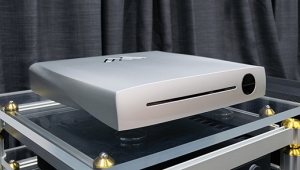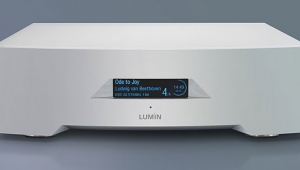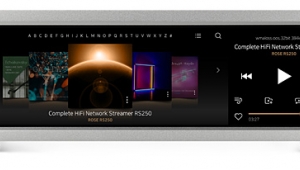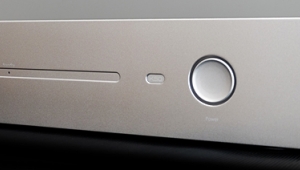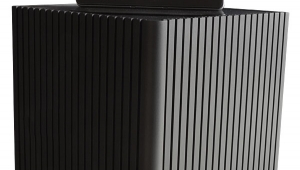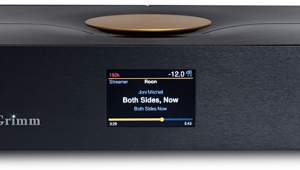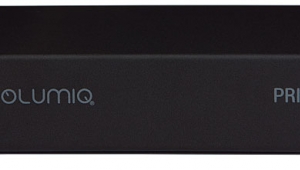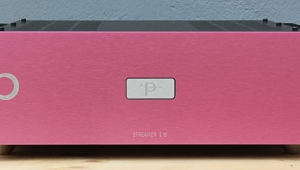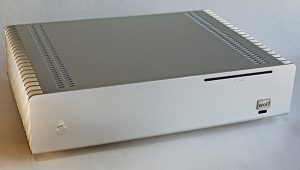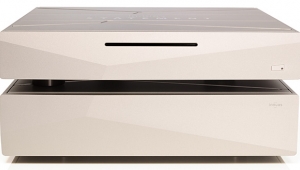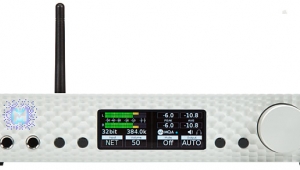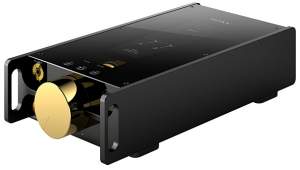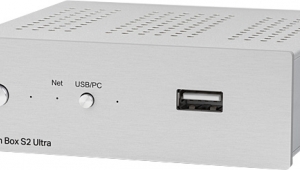| Columns Retired Columns & Blogs |
Nice review for one of my favorite pieces of gear!
Truly "state of the art" measurements even compared to units many times the MSRP.
Over the years, I've often wondered what the jitter measurements would be like through the ethernet since in reality, I think most audiophiles would be running this unit wired rather than via WiFi to minimize buffer issues especially for 24/96 audio.




